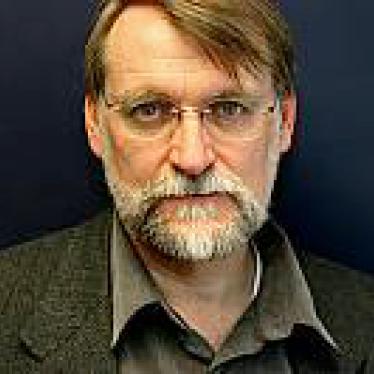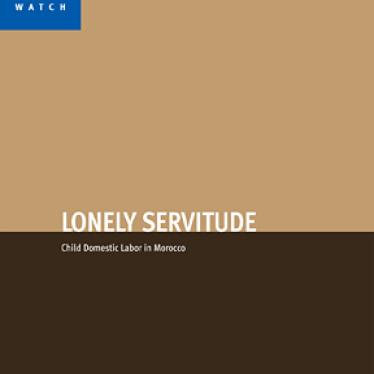(New York) – Presidents and prime ministers from around the world will descend on the United Nations in New York in September for a special summit on the global refugee and migration crisis, the largest gathering of world leaders on the subject since the U.N. Refugee Convention was drafted in 1951.
The meeting is being held as the global population of displaced people has hit a record high. One in every 113 people in the world is either an asylum seeker, a refugee or displaced within his or her own country. But there are serious questions about whether the summit will produce any significant new solutions to the crisis. The first question is whether it even defines the problem correctly.
The 1951 Refugee Convention provides a narrow “well-founded fear of being persecuted” definition of a refugee that leaves out millions of migrants whose lives and freedom are also in danger, but for reasons such as indiscriminate violence from armed conflict, natural and human-made disasters and widespread human rights violations. A relevant and visionary gathering of world leaders would recognize the need to protect these vulnerable people.
Alas, the diplomats who gathered at the beginning of August to draft the Political Declaration that will be adopted at the end of the summit lacked such vision. The declaration fails to grapple with the drivers of forced migration – climate change, food insecurity, generalized violence, rampant lawlessness – that forcibly displace large numbers of people, but don’t necessarily qualify them as refugees under the 1951 definition.
An earlier draft of the summit declaration included a provision that had promised to develop guidelines on the treatment of vulnerable migrants “who have not qualified for refugee status and who may need protection and assistance.” But the final draft agrees only to consider developing guidelines for vulnerable migrants “who do not qualify for international protection as refugees and who may need assistance.” This change in wording ignores protection needs for migrants who may face existential threats. To suggest that they need assistance only is to leave them unprotected.
The declaration expresses positive, though somewhat vague, recognition of countries’ “shared responsibility to manage large movements of refugees and migrants in a humane, sensitive, compassionate and people-centered manner.” It says, correctly, that although the treatment of refugees and migrants has historically been governed by different legal frameworks, they have “the same universal rights and fundamental freedoms” and “have similar vulnerabilities.” Unfortunately, it fails to match its recognition of similar vulnerabilities with a recognition of similar needs for protection.
The inadequacies of the U.N. summit might be rectified, in part, the next day, when President Obama and other leaders convene a follow-on summit. It is here that countries are supposed to make concrete commitments to increase their pledges to U.N. appeals for funds for programs serving refugees, to double the number of refugee resettlement places worldwide and to help front-line countries to deliver rights-respecting asylum so that refugees will be able to work and send their children to school. But aside from the good it is hoped it will do for refugees, it does not begin to address the needs of those migrants facing similar vulnerabilities.
If world leaders do, in fact, have an interest in protecting vulnerable people beyond those who fit the narrow Refugee Convention definition, the summit meeting is their chance to set the wheels in motion. They can build on existing human rights conventions, regional standards in Africa, Latin America and Europe, and the U.N. Refugee Agency’s extended mandate to encourage all states to codify the principle of non-refoulement – no forced return – for people who aren’t now covered. That should include anyone who cannot be sent back to their countries without serious risk to their lives, physical integrity and freedom because of indiscriminate violence and events seriously affecting public order, as well as those who would be at risk of torture or inhuman or degrading treatment or punishment.
The draft Political Declaration is officially closed. But let’s hope that between now and September 19 world leaders gain a better grasp of the real threats that millions of unprotected people face today and a firmer commitment to protecting them.








